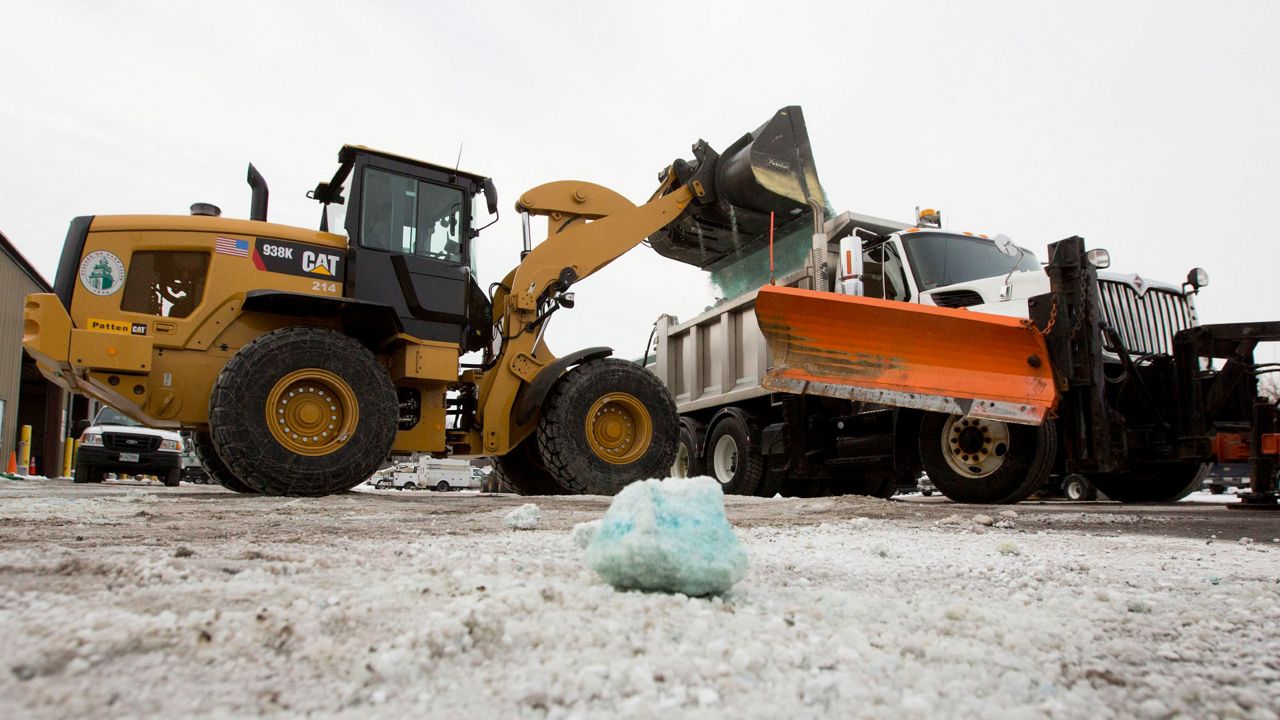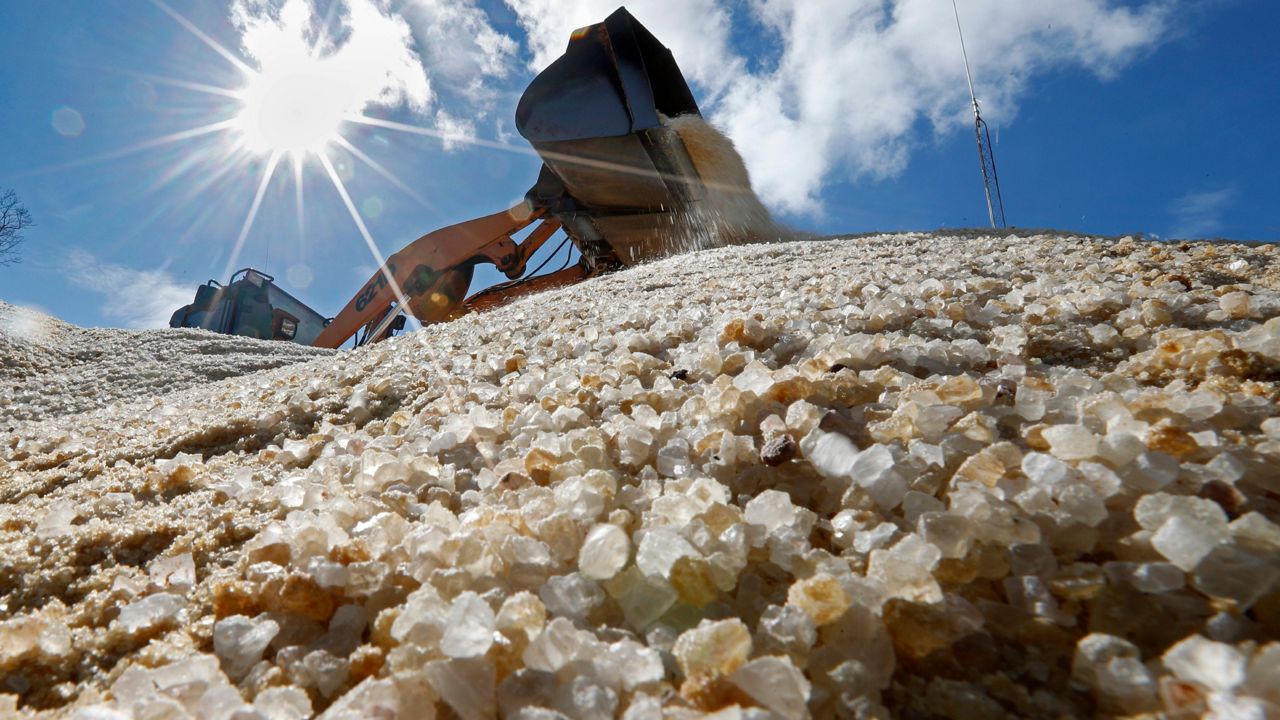Winter sure throws a lot of weather hazards in our direction including snowy and icy travel conditions. Luckily, we have road departments at the ready to salt and clear the path so we can avoid slipping and sliding off the road.
With millions of tons of road salt spread across America’s pavement every year, one has to wonder where it all goes once it gets washed away and what kind of impact this has on our ecosystem.
While there are a plethora of products used to melt snow and ice from roadways, today I’ll focus on road salt.
Road salt or rock salt is basically sodium chloride in its natural form, right from the salt mines. Halite is the naturally mined mineral form of rock salt. Most batches contain additives to prevent it from caking while in transport or dispersion.
Rock salt and road salt brine are widely used to melt snow because they are both inexpensive and effective.
Road salt does its job by melting snow through a process called freezing point depression. This means the addition of salt lowers the freezing point of water. Road salt is applied dry, then quickly dissolves into brine in order for the effects to take place.
Basically, when salt is dropped, the snow melts and turns to liquid.
Road crews repeatedly spread snow melt before, during, and sometimes after the storm. The aim of the treatment is to alleviate the bond on the surface of the roadway between the pavement and the snow.
As temperatures drop, melting power weakens, which is why extended winter storms typically require multiple applications. Another reason for this is salt concentration dilutes over time, making it less effective.
Well, here’s where I was curious. When snow melts or a rain storm hits, where does all the salt go? What does it do to our waterways and wildlife?
Here’s some insight. Snowmelt creates runoff that travels through drains, which in turn ends up in our surface water. Watersheds near paved roads tend to show a higher concentration of salinity in nearby bodies of water. As we drive the roads, salt water gets sprayed onto trees, shrubs, and soil, causing disruption to water uptake in roadside plants. This throws off the balance of nutrients in the plants.

Salt sprayed onto trees and shrubs creates a burnt, brown look that isn’t discovered until spring. Salt pollution also creates a lack of available oxygen for freshwater aquatic life which leads to interruptions in growth, reproduction and food sources. Too much salt in freshwater lakes and rivers alters the oxygen level needed for healthy systems.
This Smithsonian Magazine article touches on research by Rick Relyea, from Rensselaer Polytechnic Institute about the trickle-down effects that road salt has on a number of species in our ecosystem.
Too much salt in our drinking water infrastructure causes corrosion of pipes, leading to additional water contamination. Highly salted water not only tastes bad – it’s unhealthy to drink, especially for those with health issues like diabetes or anyone on a doctor-advised low-salt diet.
Apart from the ecological issues caused by road salt runoff, a high amount of roadway erosion and structural building damage can also occur. According to the Columbia University Earth Institute, salt use causes an estimated $5 billion in corrosion damage every year in the U.S.
There are unique and safer alternatives to road salt that are being used in some states.
Anything from cheese brine to molasses and even volcanic rock and solar power have been used as alternatives to melt snow and ice. Don’t believe me? Read up on it here. Even beet juice can treat snowy roads!
With more winter season still ahead of us, there's likely plenty of road salt in our future. It's a good time to observe how we use this resource and to think about ways to improve its safety for all of the living things around us.



